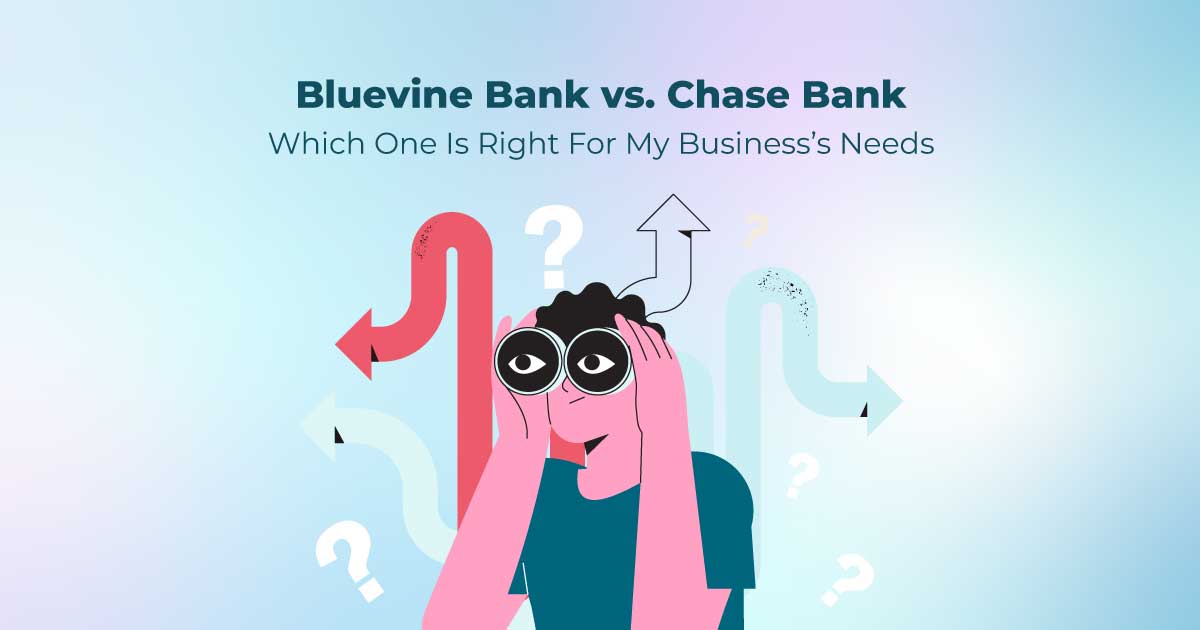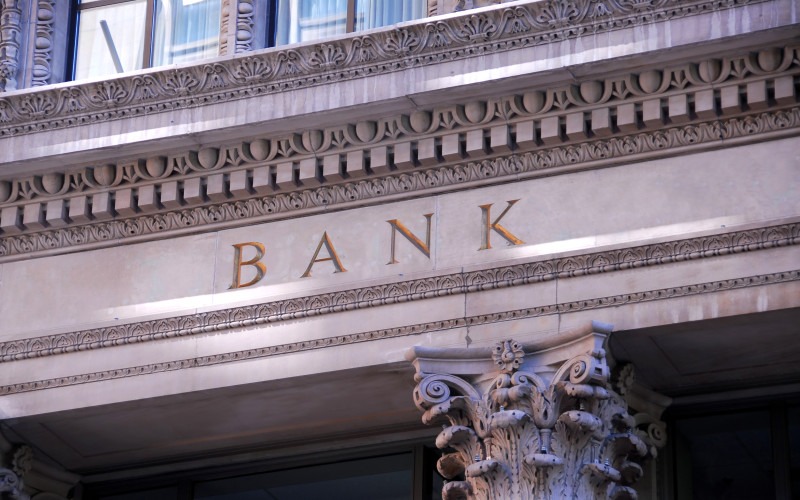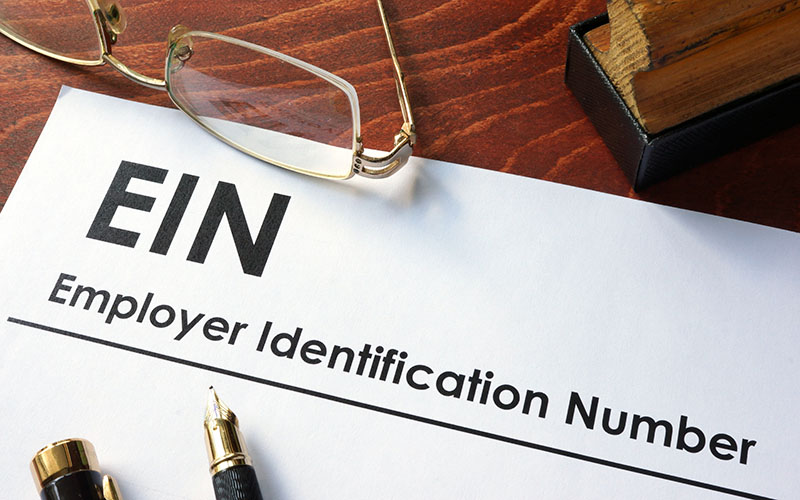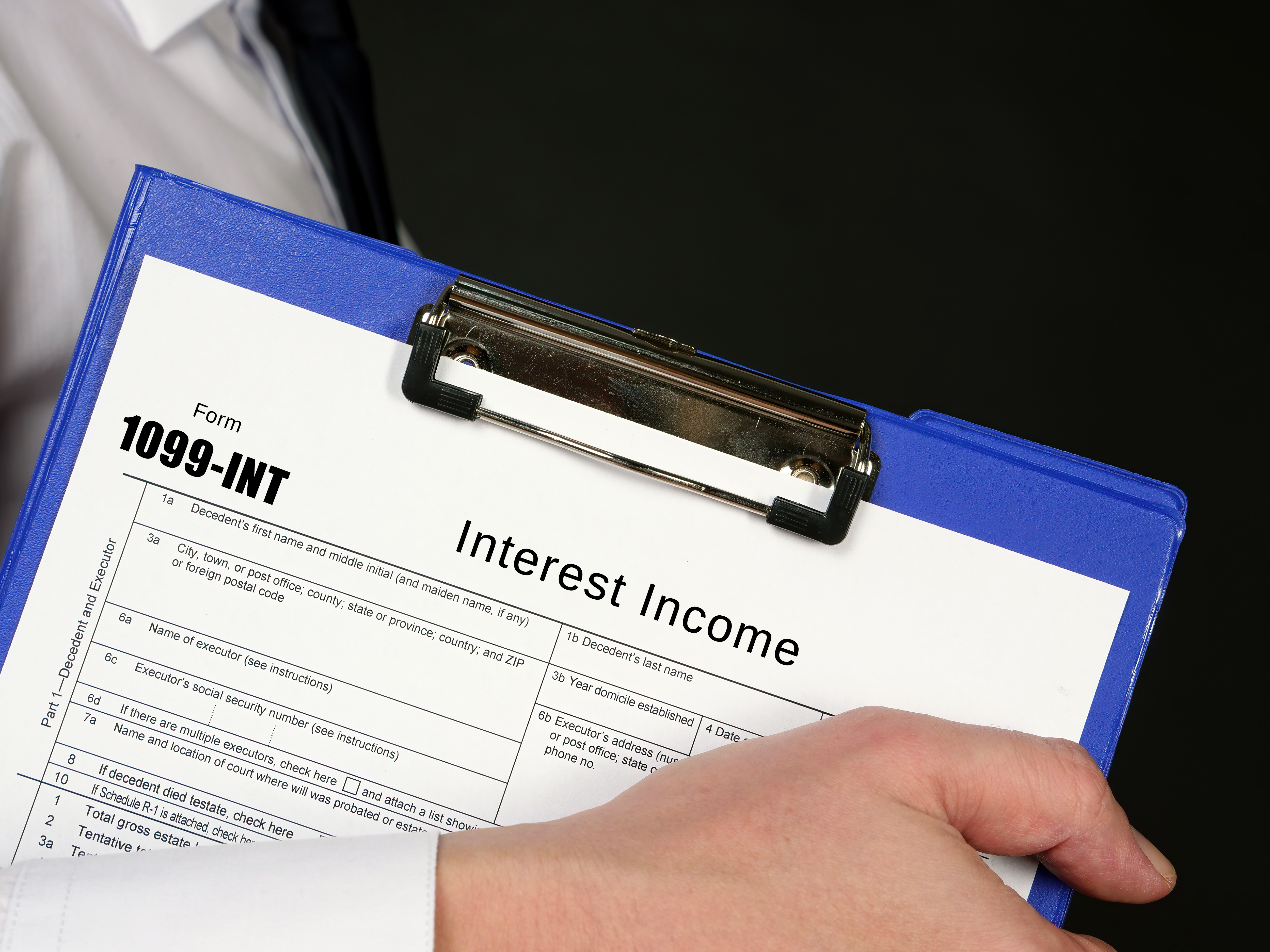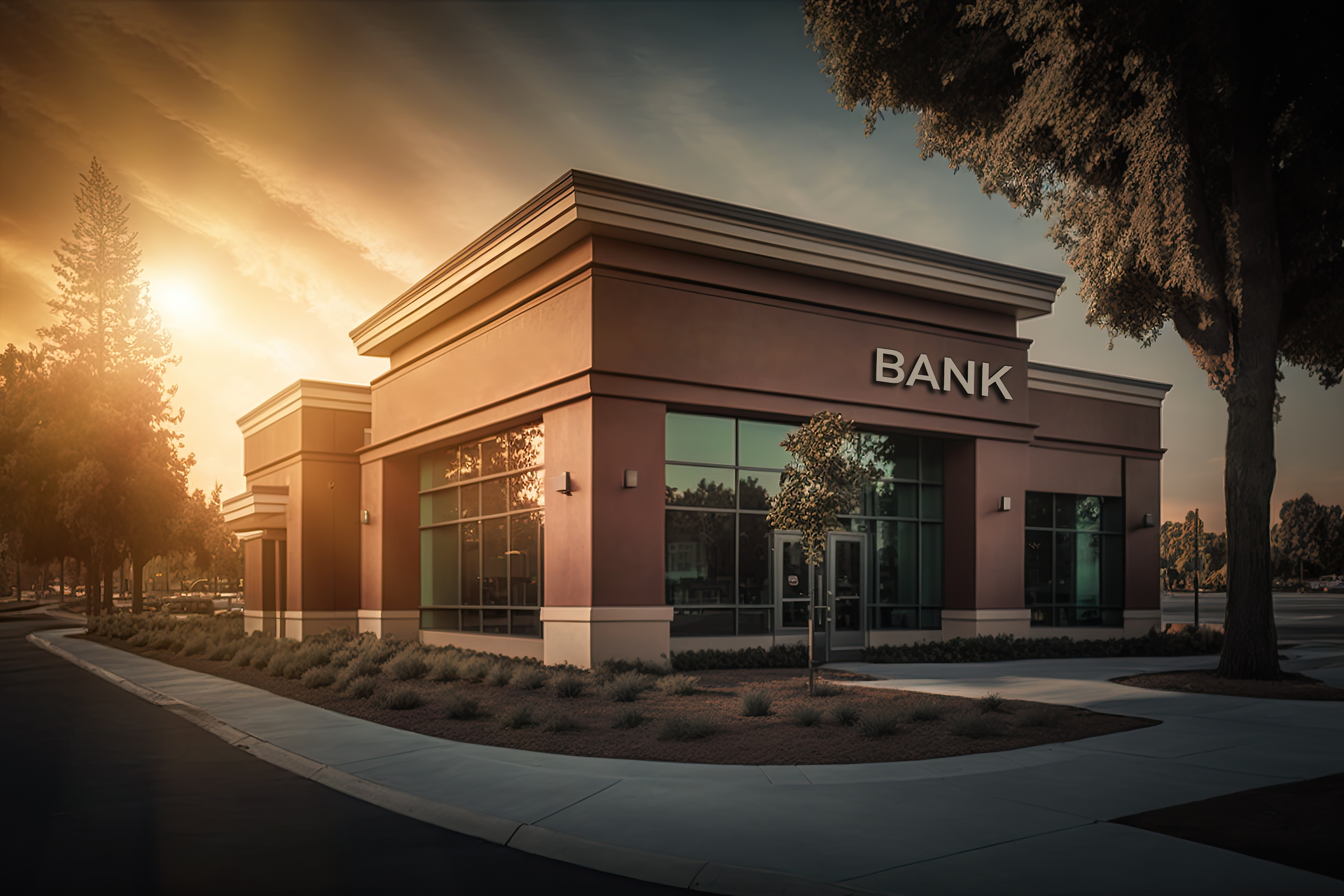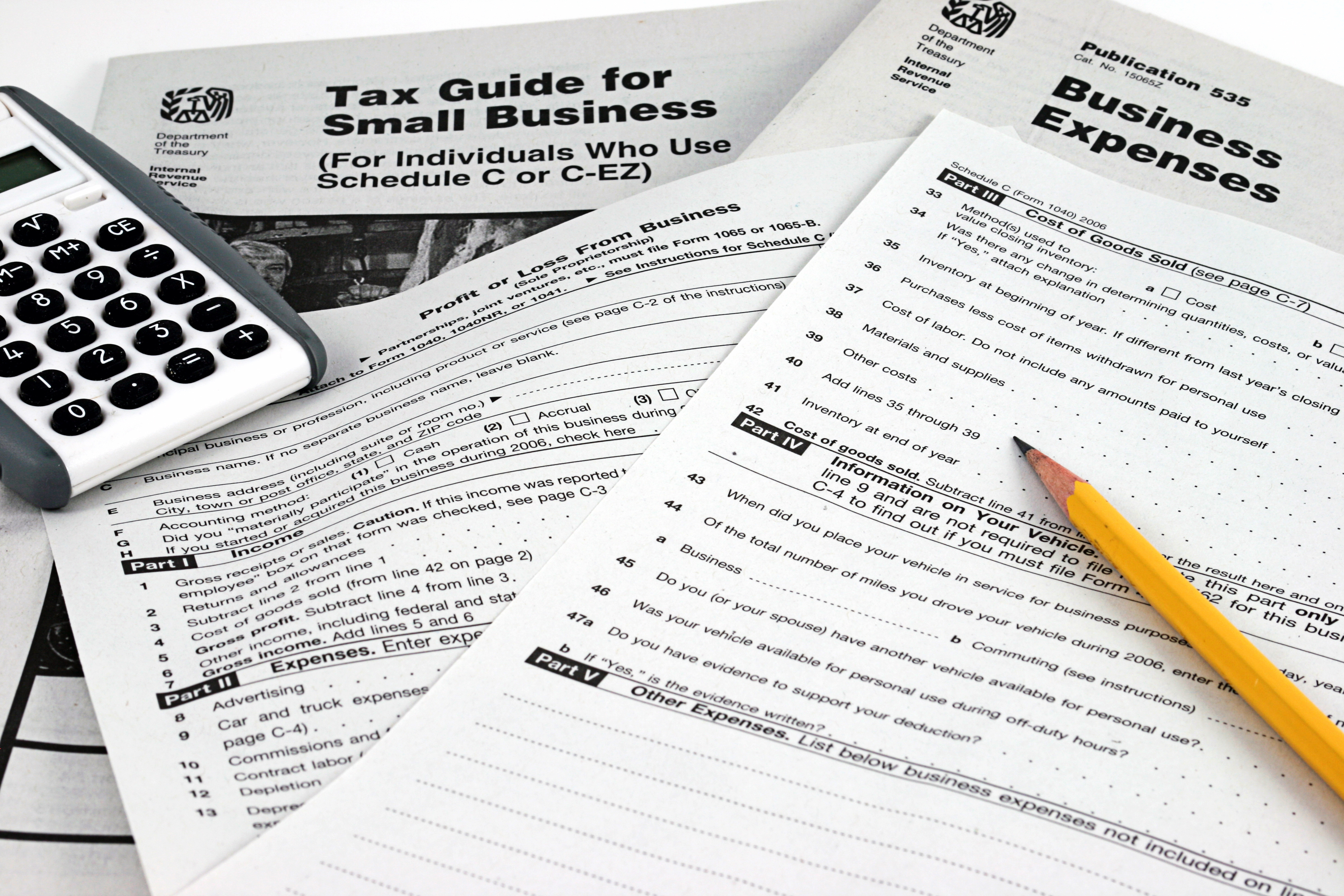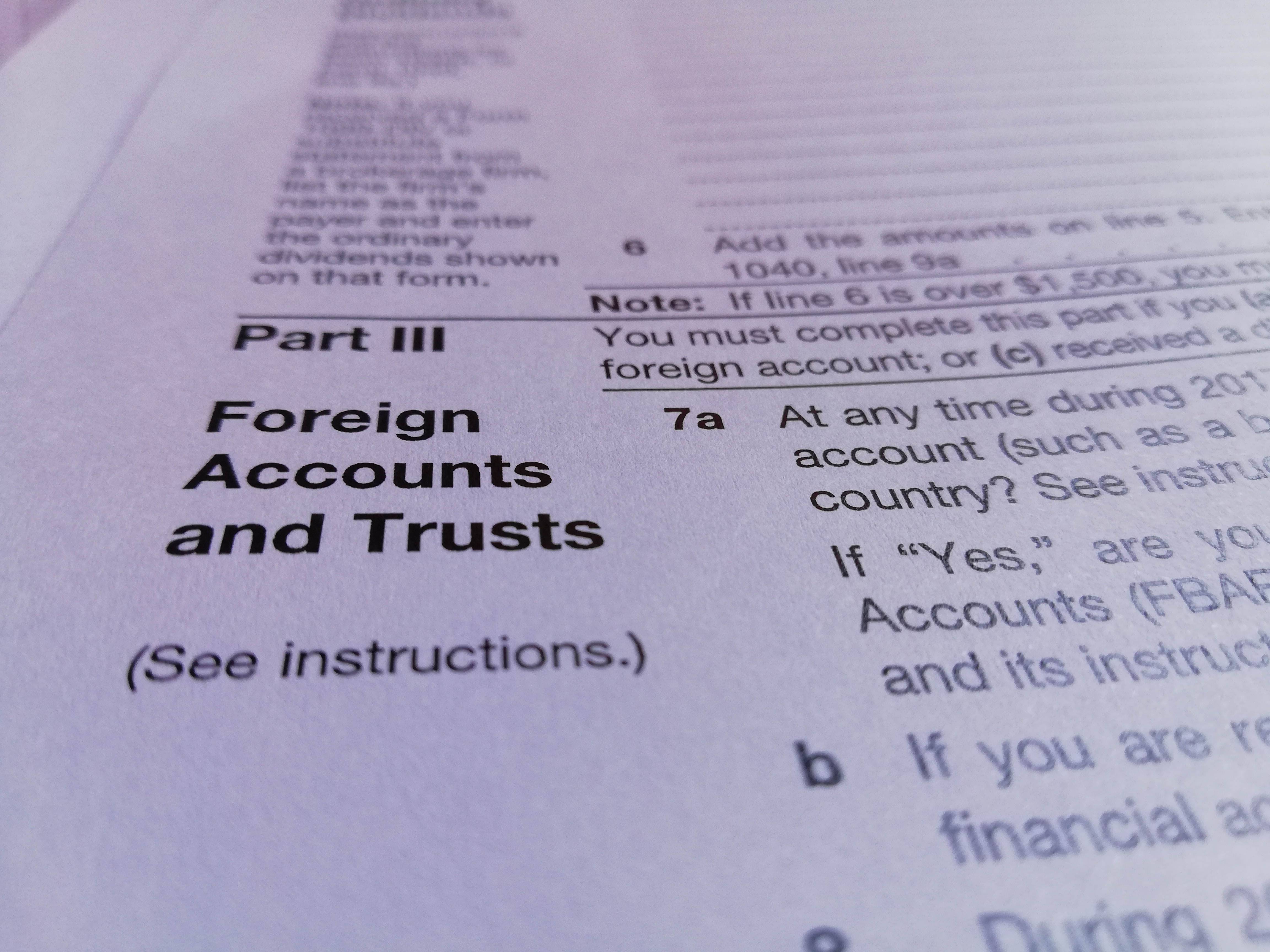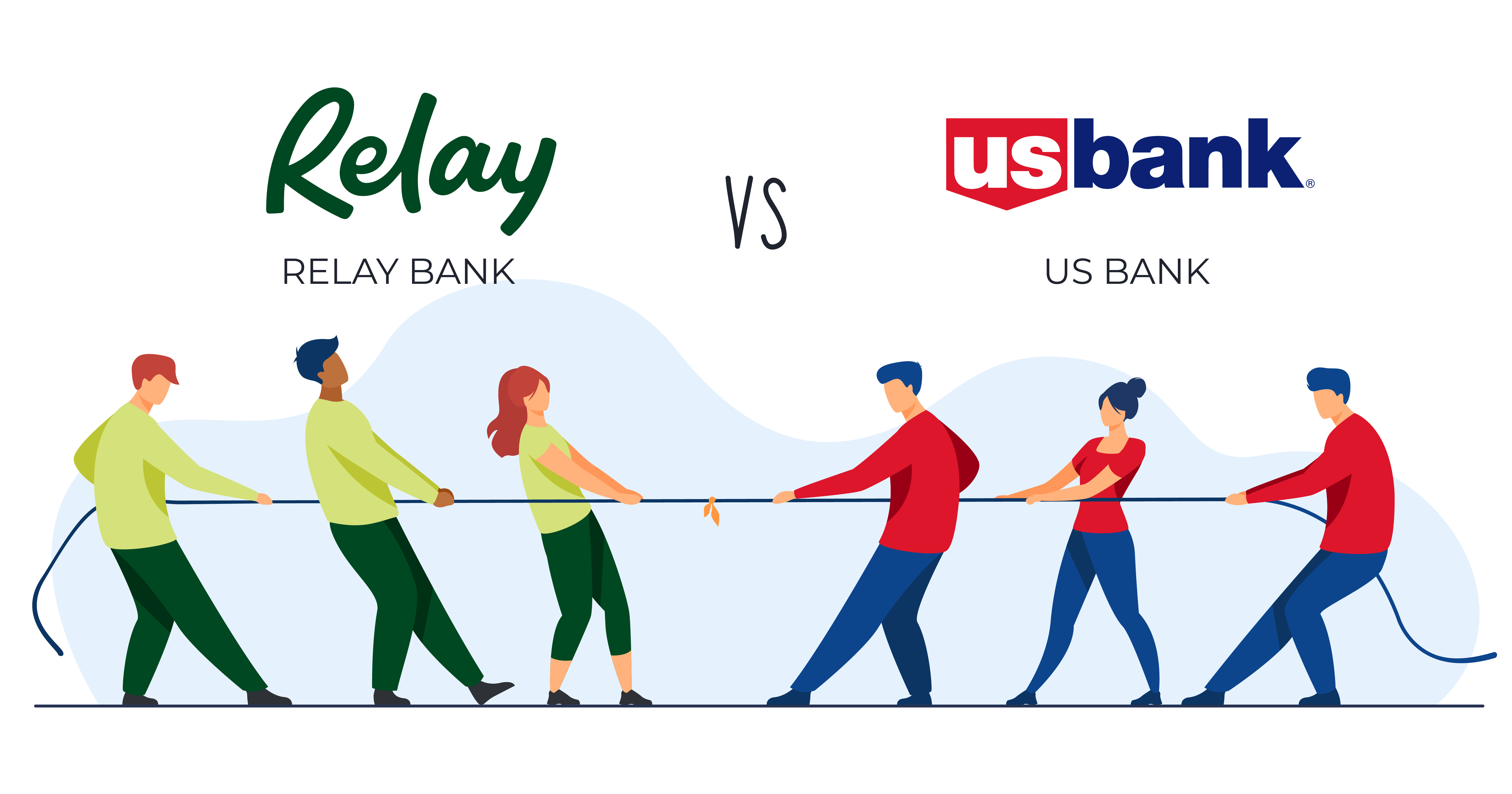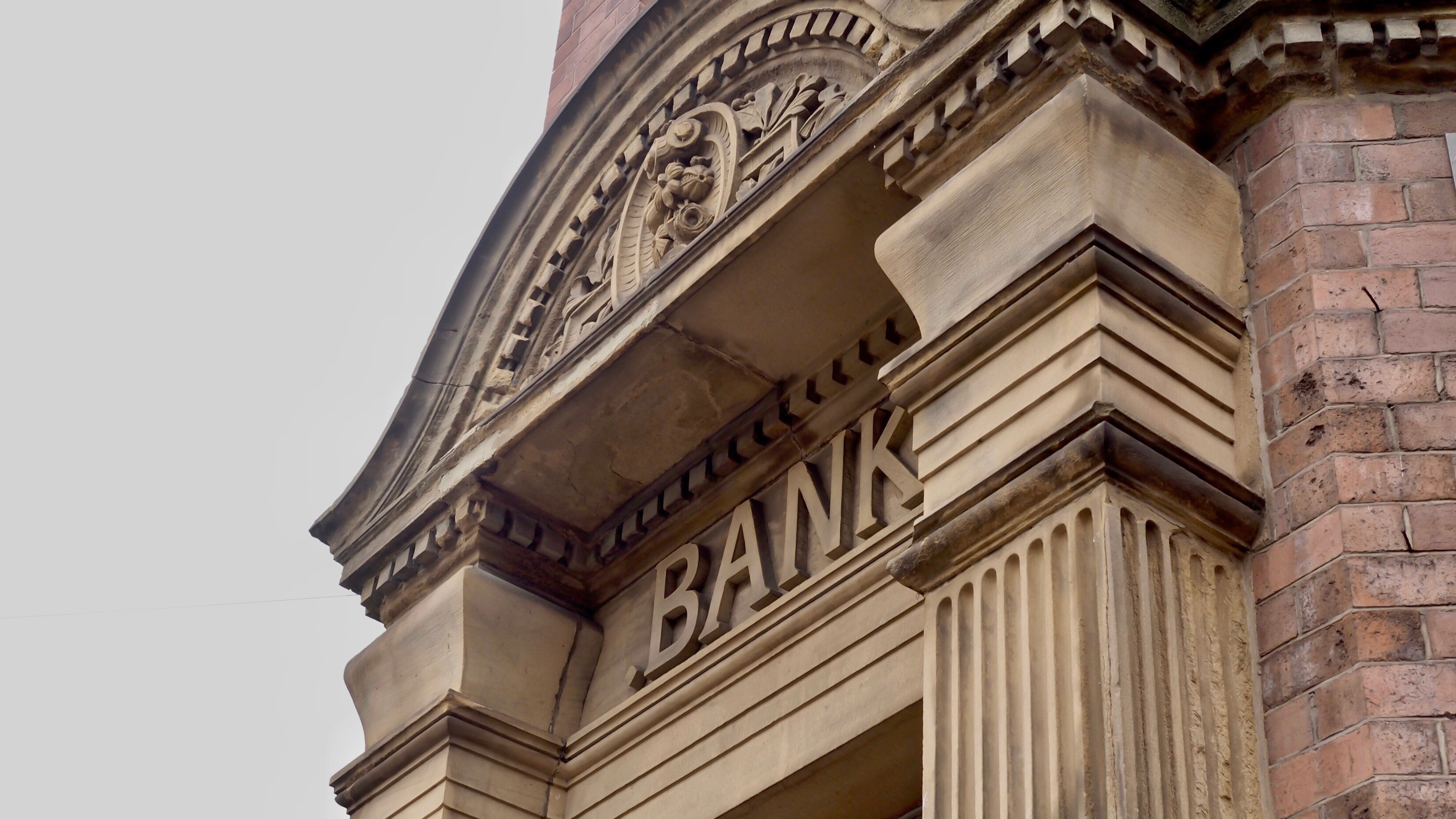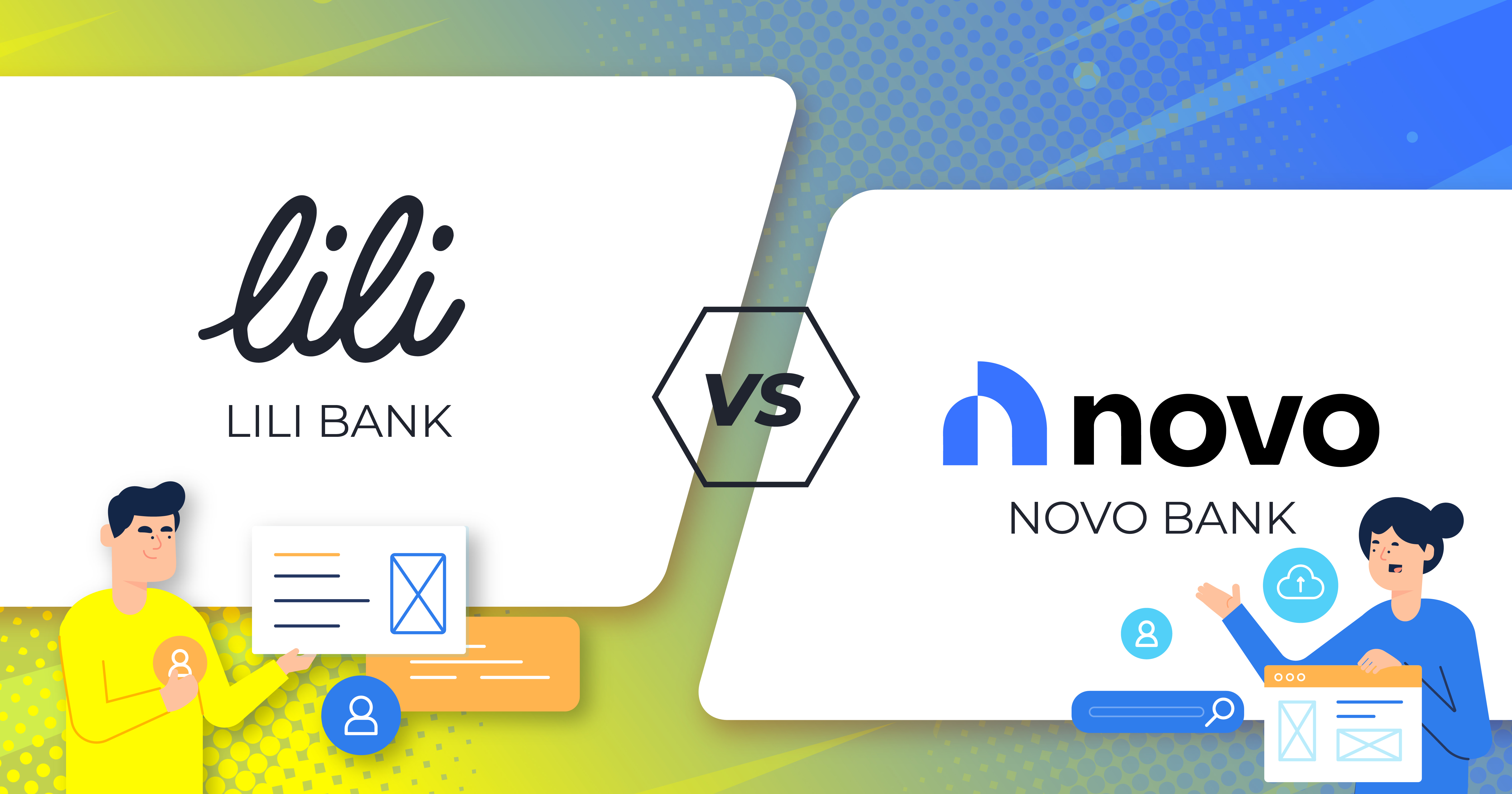Wells Fargo vs Chase Business Checking: Which is Better?
Key Takeaways
- Both Chase and Wells Fargo provide substantial business loans to companies with strong credit records
- Chase provides term loans with durations up to seven years, beginning from amounts as minimal as $5,000
- Wells Fargo's credit lines come with competitive interest rates and attractive rewards
- For term loans and business credit cards, consider Chase
- For lines of credit and SBA loans, Wells Fargo is a preferred choice

As a business owner, choosing the right bank for your checking accounts is crucial. Wells Fargo and Chase are two major players in the business banking landscape, each offering unique benefits to cater to different business needs.
This article delves into their business checking account options, comparing them based on fees, features, and customer experiences to help you make an informed decision.

Wells Fargo vs. Chase Business Checking Accounts Overview
Before you start comparing Wells Fargo vs. Chase business banking, you should take some time to learn a bit about their histories.
Wells Fargo, established in 1852 in Des Moines, Iowa, has grown through multiple mergers to become a global financial entity with nearly $2 trillion in assets and 5,200 branches worldwide. In contrast, Chase, founded in 1799 in New York City, holds more than $4 trillion in assets, making it one of the largest banks globally.
Both banks serve small to large businesses, but their approaches and offerings differ significantly, which could influence your choice depending on your business size and needs.
| Wells Fargo | Chase |
|---|---|
| Initiate Business Checking | Complete Business Checking |
| Navigate Business Checking | Performance Business Checking |
| Optimize Business Checking | Platinum Business Checking |
The Initiate Business Checking and Complete Business Checking accounts are designed for smaller companies that are just starting out or that are trying to grow. They offer lower fees and minimums but may not have all the tools the higher-end accounts offer.
The Navigate Business Checking and Performance Business Checking accounts are designed for medium-sized businesses, having higher minimums but more powerful features.
The Optimize Business Checking and Platinum Business Checking accounts charge hefty fees and require large balances but come with top-tier customer service and the banks’ most powerful money management tools.
Wells Fargo vs. Chase Business Checking Accounts Comparison
To accurately compare Chase vs Wells Fargo business banking services, you’ll want to look at the accounts that each bank targets at similar businesses.
Wells Fargo vs. Chase - Basic Accounts
The first accounts to compare are the Wells Fargo Initiate Business Checking and Chase Complete Business Checking accounts. Both are aimed at smaller or newer companies.
| Wells Fargo Initiate Business Checking | Chase Complete Business Checking | |
|---|---|---|
| Best for | Companies that want to avoid bank fees | Companies looking for an easy way to accept credit and debit card payments |
| Minimum deposit | $25 | $0 |
| Monthly fee | $10 | $15 |
| Requirements to avoid monthly fee | $500 minimum daily balance, OR $1,000 average ledger balance | Maintain a minimum balance of $2,000, OR Make $2,000 in Chase Ink credit card purchases, OR Receive $2,000 in Chase Payment Solutions deposits, OR Link a Chase Private Checking account, OR Provide proof of military status |
| Other fees | $5,000 in fee-free cash deposits per month, then $0.30 per $100 deposited, 100 free transactions per month, then $0.50 per transaction | $5,000 in fee-free cash deposits per month, 20 free teller/checks written per month |
| Other features | Card-free ATM access, Mobile transfers and payments, Small business phone service, Customized business checks | Accept card payments with Chase QuickAccept, Online bill payment, Cash flow monitoring |
Both Chase and Wells Fargo offer solid account options for small businesses, so it’s hard to declare a clear winner.
For people who want to avoid fees, Wells Fargo is likely the stronger choice. While Chase offers many ways to avoid its monthly fee, Wells Fargo’s $500 minimum balance requirement is much lower than Chase’s $2,000 requirement. Wells Fargo also allows five times as many fee-free transactions per month.
Where Chase excels is through its QuickAccept tool, which makes it easy for businesses to accept card payments. If your business wants to accept credit card payments from customers, Chase might be the better choice, especially because those payments will help you avoid the monthly fee.
Wells Fargo vs. Chase – Mid-Tier Accounts
Wells Fargo and Chase both have accounts targeting mid-sized businesses.
| Wells Fargo Navigate Business Checking | Chase Performance Business Checking | |
|---|---|---|
| Best for | Most businesses, including those who want to avoid monthly fees | Business customers who already have a relationship with Chase, such as through a credit card |
| Minimum deposit | $25 | $0 |
| Monthly fee | $25 | $30 |
| Requirements to avoid monthly fee | $10,000 minimum daily balance, OR $15,000 in average combined business account balances | Maintain a daily balance of at least $35,000 |
| Other fees | $20,000 in cash deposits with no fee per month, then $0.30 per $100 deposited, 250 fee-free transactions per month, then $0.50 each, No fees for stop payments, cashier’s checks, money orders, incoming wire transfers, and two outgoing domestic wire transfers | $20,000 in cash deposits with no fee per month, 250 fee-free transactions per month |
| Other features | Two fee-free non-Wells Fargo ATM withdrawals per month, Pays interest, Card-free ATM access, Mobile transfers and payments, Small business phone service, Customized business checks | Check monitoring, Interest checking available, Accept card payments with Chase QuickAccept, Online bill payment, Cash flow monitoring |
Both accounts make their target audience clear with their much higher minimum balance requirements and fees. You’ll need to have at least $10,000 to spare if you want to avoid fees.
Overall, Wells Fargo’s account seems like the stronger choice thanks to its much lower minimum balance to avoid the fee. You can get the same number of fee-free transactions with just a $10,000 minimum balance compared to Chase’s $35,000. Wells Fargo also offers some nice perks like ATM fee reimbursement.
As a larger business, Chase Quick Accept’s ability to let you accept card payments from your phone is less exciting as you’ll likely have a point-of-sale system to handle those transactions or be willing to pay the fee to get one from Wells Fargo.
However, if you already have personal accounts or credit cards from Chase, you may consider keeping all of your money in one place for the sake of convenience.
Wells Fargo vs. Chase – High-End Accounts
If you own a large business that needs to deal with a large volume of transactions and have a close customer service relationship with your bank, Wells Fargo and Chase both offer specialized accounts for very large companies.
| Wells Fargo Optimize Business Checking | Chase Platinum Business Checking | |
|---|---|---|
| Best for | Very large businesses that need advanced account management and multiple checking accounts | Very large businesses that can benefit from the highest-quality customer service and business owners with an established Chase relationship |
| Minimum deposit | $25 | $0 |
| Monthly fee | $75 | $95 |
| Requirements to avoid monthly fee | None. Apply your earnings allowance to reduce monthly and other eligible fees, Earnings allowance is like interest, based on the earnings credit rate and investable balance of your account | Maintain an average daily balance of at least $100,000 across your Chase business accounts, OR Link your Chase Private Checking account and maintain an average daily balance of $50,000 |
| Other fees | $0.30 per $100 deposited, 250 fee-free transactions per month, No fees for stop payments, cashier’s checks, money orders, incoming wire transfers, and five outgoing domestic wire transfers | $25,000 in cash deposits with no fee per month, 500 fee-free transactions per month |
| Other features | Up to five linked business checking accounts, No fee for linked Business Platinum Savings, Treasury Management services, including digital payments remote deposit capture and fraud protection, Account management through Wells Fargo’s CEO and CEO Mobile tools | Concierge service, Cash management service, Cash vault, Check monitoring, Interest checking available, Accept card payments with Chase QuickAccept, Online bill payment, Cash flow monitoring |
Both Wells Fargo and Chase’s top-end business accounts charge hefty fees, $75 and $95 respectively. However, only Chase offers a clear way to avoid that fee – carrying a $100,000 balance. Wells Fargo lets you offset its monthly fee, and other fees, based on the ongoing earnings credit rate and your account balance.
What that means is you’ll want to carry a large balance with either account, especially because Wells Fargo stops offering free cash deposits at this tier of account.
Overall, both accounts are relatively similar. If you already have a banking relationship with either institution, you can use that to guide your decision.
Why Choose Wells Fargo Business Checking?
You should consider Wells Fargo business checking for a few reasons.
You want easy access to a branch
Though online and mobile banking have become much more common in recent years, sometimes you need to be able to walk into a bank and speak to a human to get the help that you need.
Both Wells Fargo and Chase have a large network of ATMs and branches across the US, but Wells Fargo wins the competition with 5,200 branches to Chase’s 4,800.
You want to avoid monthly fees
Wells Fargo makes it much easier to avoid fees than Chase does. The minimum balance requirement to avoid monthly fees is notably lower for Wells Fargo accounts. The bank’s accounts also tend to allow for more free transactions before charging fees than Chase does.
You make more than 20 in-person transactions per month
Wells Fargo offers 100 transactions each month without fees, but this includes electronic deposits and withdrawals. On the other hand, while Chase provides unlimited debit card and Chase ATM transactions without fees, it caps teller and paper transactions at 20 monthly. Beyond this cap, a 40-cent fee applies for each transaction.
Wells Fargo Business Checking Pros and Cons
| Pros | Cons |
|---|---|
| Low minimum opening balance requirement | High per-transaction fee if you exceed the limit |
| Low minimum balance is required to waive the monthly fees | No sign-up bonus |
| Integrates with accounting software | Online banks may offer higher interest rates on savings accounts and CDs |
| Integrates with Clover payment processing systems | No money market account |
| Limited CD terms |
Why Choose Chase Business Checking?
There are a few reasons to consider working with Chase for your business checking account.
You want nationwide branch access
Chase has branches across all 48 contiguous states, whereas Wells Fargo has branches in 36 US states plus Washington, D.C.
You make frequent cash deposits
Chase offers slightly better terms on cash deposit fees compared to Wells Fargo. Both banks provide up to $5,000 in fee-free cash deposits per statement cycle. After this limit, Chase charges $2.50 for each additional $1,000 deposited, whereas Wells Fargo charges $3.00 for the same amount, broken down as $0.30 for every $100 deposited.
You want a sign-up bonus
Chase offers its customers a $300 sign-up bonus upon fulfilling certain criteria. On the other hand, Wells Fargo doesn't provide any sign-up bonus.
You already have a relationship with Chase
If you already have a banking relationship with Chase, such as through a personal checking account or personal or business credit cards, you might consider opening a Chase business checking account. The bank offers some perks for business owners who have a variety of accounts with Chase.
You’re a small business looking for an easy to accept card payments
Chase offers QuickAccept, a tool for easily accepting card payments to small businesses. If you’re just starting out, being able to accept credit or debit card payments on your phone can be a huge benefit. However, larger companies likely already have a dedicated point-of-sale system to deal with this, making it a benefit mostly applicable to smaller companies.
You want top-tier customer service
Chase offers concierge-level service to its largest business banking customers, so if you’re looking for strong customer service, Chase may be the way to go.
Chase Business Checking Pros and Cons
| Pros | Cons |
|---|---|
| Offers many ways to waive the monthly maintenance fee | Online banks may offer higher interest rates on savings accounts and CDs |
| Has more than 4,800 branches nationwide | No money market account |
| Has more than 15,000 fee-free ATMs | Low number of in-person transactions allowed |
| Offers built-in merchant services, including QuickAccept® for mobile payments | Doesn’t pay interest on any balances |
| Can access QuickAccept® funds the same day you receive them | The fee for excess transactions is high |
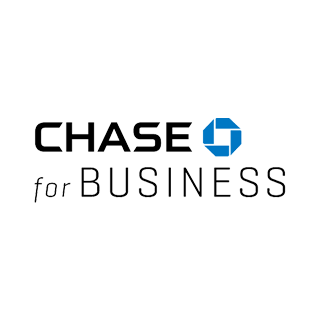
What to Look for in a Business Checking Account
When evaluating the best fit for your small business banking requirements, consider several key factors regardless of the bank type. The essence of the decision often hinges on the bank’s services and how they cater to your specific needs. This encompasses aspects like convenience, cash management, account minimums, among others.
Given these considerations, you must address several questions about your business operations to determine whether Wells Fargo business checking or Chase business checking aligns best with your needs:
- How frequently does your business deal with cash? For businesses that predominantly receive payments in cash, selecting a bank with physical locations is vital for seamless cash deposits.
- Is proximity to a physical bank branch crucial for your operations? Both Chase and Wells Fargo offer brick-and-mortar branches. It's essential to determine whether you prefer in-person banking services, such as cash deposits, or if the branch's location is inconsequential.
- How regularly do you need cash withdrawals? Both Chase and Wells Fargo boast a wide network of ATMs, enabling fee-free cash withdrawals. Consider the locations of these ATMs in relation to your business.
- What's your business's typical cash balance? If your business operates with minimal cash reserves, closely examine account minimums to avoid unexpected fees due to maintaining a low balance.
- Do you engage in international transactions? If so, wire transfers might be frequent in your operations. Some business accounts provide complimentary wire transfers, while others may charge. Be mindful of potential fees, even for domestic transfers.
- Is your transaction frequency high? For businesses with numerous monthly transactions, be it transfers, withdrawals, or other operations, it's crucial to note any transaction limits. Exceeding these might incur additional fees, which may not affect businesses with fewer transactions, like those handling just monthly billing and payroll.
Bottom Line
When it comes to comparing Wells Fargo vs. Chase business checking accounts, the bottom line is that both banks offer strong account options. The one that’s best for your company will depend on factors such as whether you need to accept card payments, how much cash you can keep in the account, and how badly you want to avoid fees.
Before opening any type of bank account, take the time to consider your options and compare each account’s pros and cons. You’ll be using your business checking account for a long time, so make sure to choose the right account.
Which is better: Wells Fargo or Chase?
There isn’t a clear-cut answer to whether Wells Fargo or Chase offers better business checking accounts. Each has strengths and weaknesses.
For example, Wells Fargo makes it easier for companies to avoid monthly fees. On the other hand, Chase makes it easy for newer, smaller companies to accept debit and credit card payments.
Which is more trustworthy, Wells Fargo or Chase?
Rating the trustworthiness of large companies can be hard, but Chase has the edge here. Chase has an A- rating from the Better Business Bureau while Wells Fargo has an F rating. This is likely due to a recent scandal Wells Fargo was involved in.
In 2018, the company was found to have opened millions of fraudulent accounts on customers’ behalf without their consent. This ultimately led to the Consumer Financial Protection Bureau fining the company $185 million and Wells Fargo facing civil and criminal lawsuits totaling roughly $2.7 billion.
What are other Business Banking Options to Consider?
Trying checking out the following:
- Our Lili Bank Review
- Our BlueVine Bank Review
- Our Relay Bank Review
- Our Found Bank Review
- Our US Bank Review
Edited by:
Bryan Huynh
•
Product Tester & Writer



